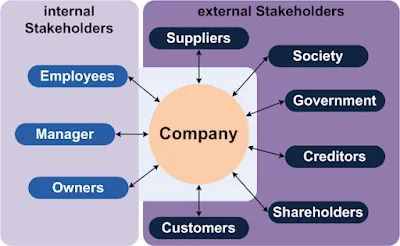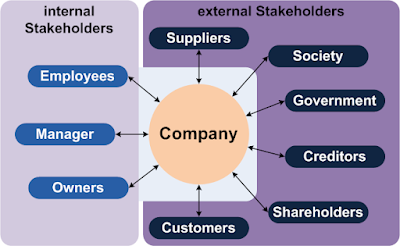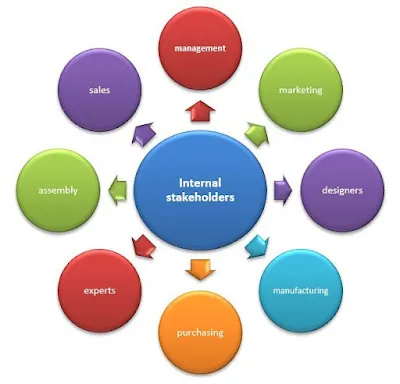Results-Oriented Communications (ROC) for Stakeholders
Blog: Jim Sinur
Stakeholders should be partners in our organizations and should be treated with utmost care. Often they are at an increased disadvantage because they are often not directly involved with the day-to-day operations, initiative progress, and the incremental improvements that bolster confidence and trust. Each stakeholder type or individual wants different results and watches many milestones of progress. Results-Oriented Communications/Collaborations (ROC) can assist these very stakeholders in their roles. We will explore the various kinds of stakeholders and how each of these stakeholders can take advantage of ROC. There are both external and internal stakeholders associated with every organization/company. Three major kinds of stakeholders will be explored here.
Customer Stakeholders: Another crucial external stakeholder interested in your organization is counting on your business to remain viable to become a source for future purchases of goods and services if the relationship generates loyalty. This loyalty depends entirely on your organization's relationship with these customers, which is generally a result of servicing experience and product performance. ROC can help because it can be leveraged to follow the journey of various kinds of customers and manage the initiatives to improve customer experience. Assuming an outside-in perspective, key customers selected to represent the customer experience and routinely check progress on improvements and drill down to the communications revolving around their specific needs and perspectives while sampling the new experiences along the way, thus generating collaboration opportunities. Some collaborations will occur by reviewing the proposed outcomes. Good customer experiences will represent customer goals at an operational level as well. ROC initiatives will typically aim for balanced customer/company goals and measures of success.
Internal Stakeholders: Internal stakeholders are the ones that represent the various roles and skills that an organization employs to operate the company and deliver desired outcomes for all stakeholders. Typically, initiative owners, managers, and skilled employees represent specialized competencies, skills, and knowledge. When tied together across skillsets through tsks and processes, these resources deliver the expected outcomes measured by operational targets and KPIs. These same resources are tasked with improving the customer experiences, processes, and tasks necessary to improve the effectiveness and efficiency of decisions and actions. ROC is essential in managing initiatives to enhance balanced outcomes, end-to-end journeys, end-to-end processes, and tasks. The progress of any endeavor can be tracked from all stakeholders’ perspectives making efforts transparent. In addition, all efforts to improve are linked to the supporting communications for detailed drill-downs to manage progress. ROC will get feedback through collaboration as tasks are planned, executed, and completed.Net; Net:
Other stakeholders can be brought into the ROC tent, such as suppliers, communities, governments, and potential competitors, but the three most important influences are represented above. The day in the life of a stakeholder will be made better by the capabilities afforded by ROC methods, techniques, and technologies. As the ROC market develops and matures with the technology players, landmark case studies will emerge to emulate better results.


